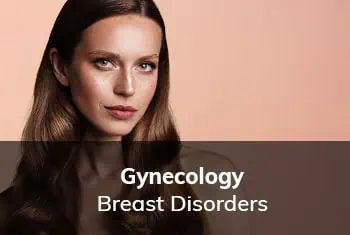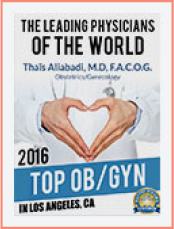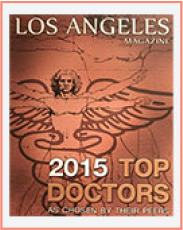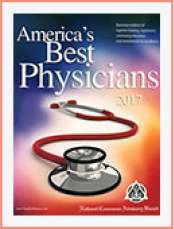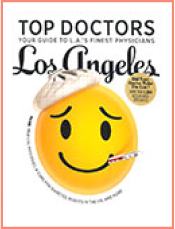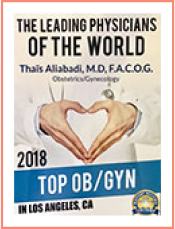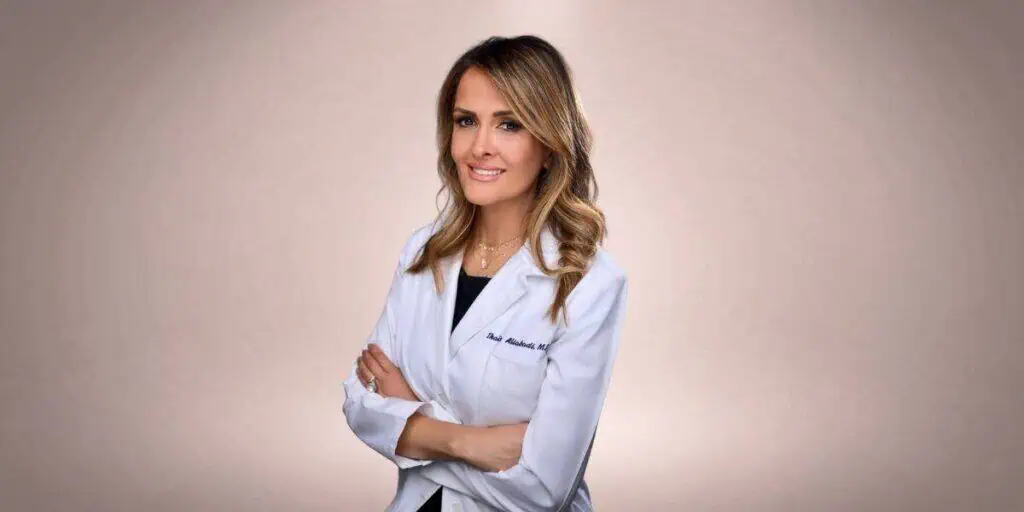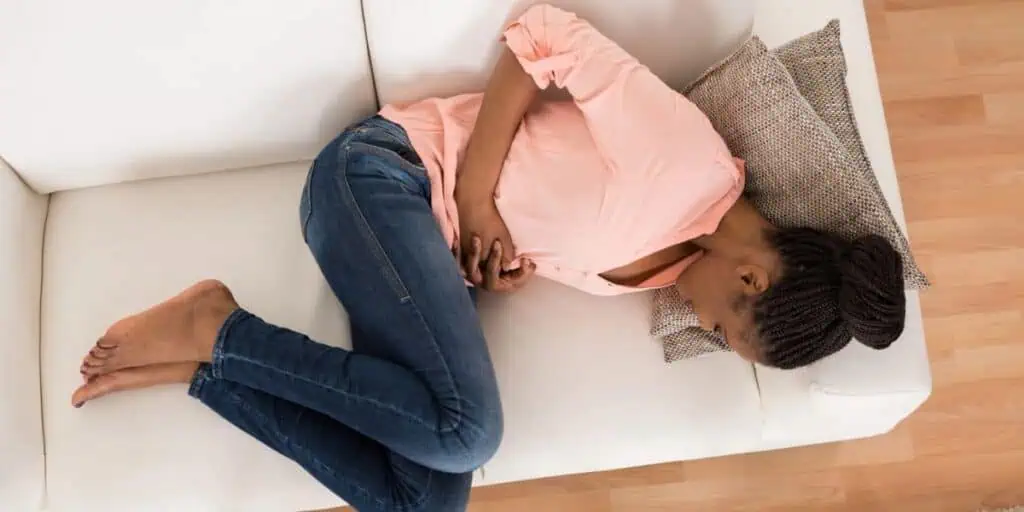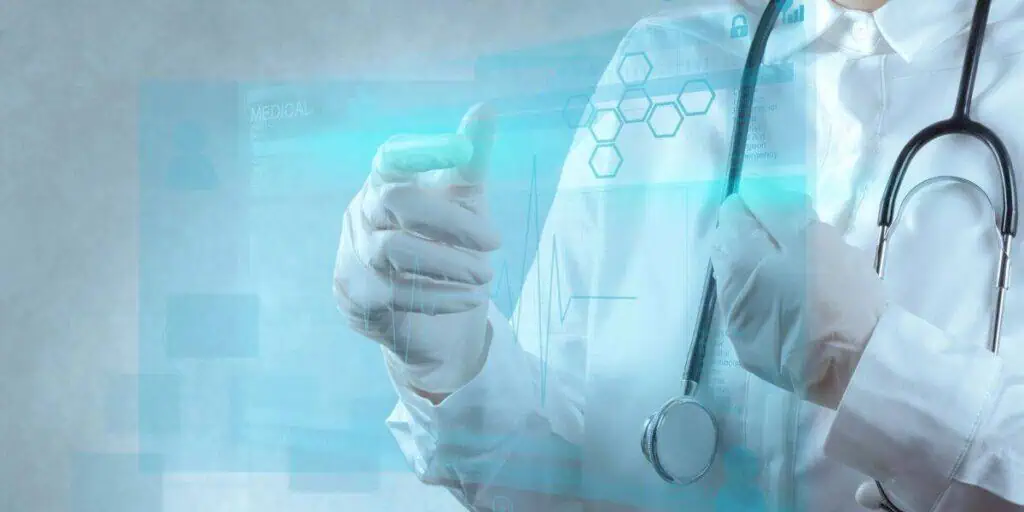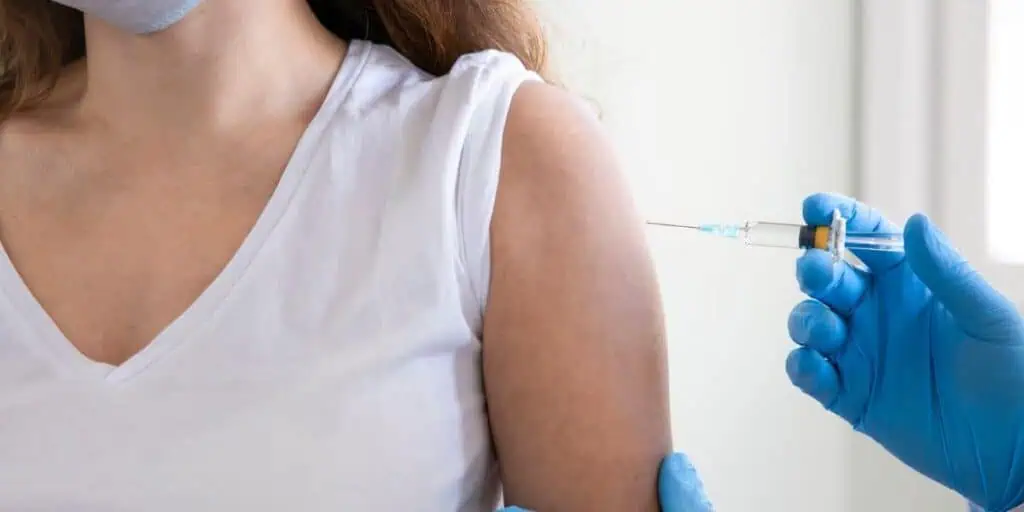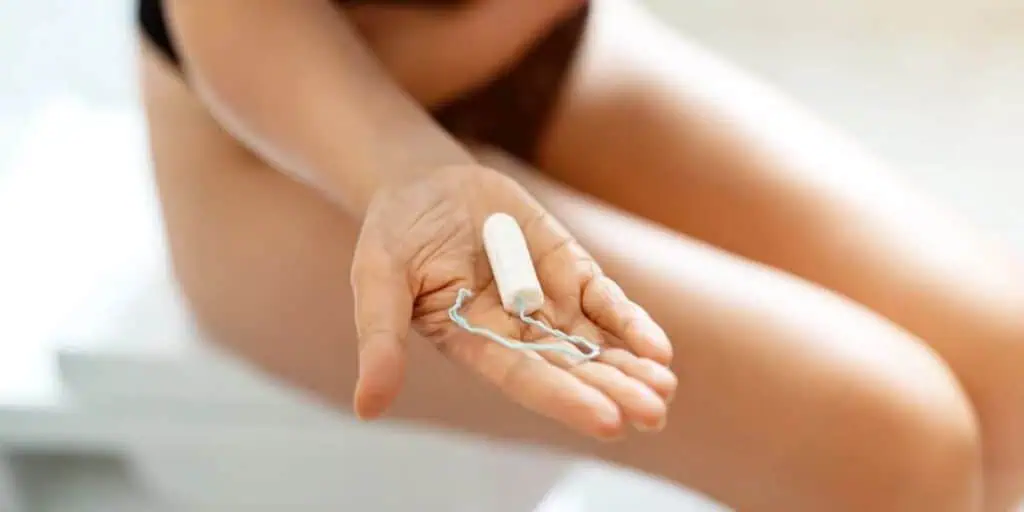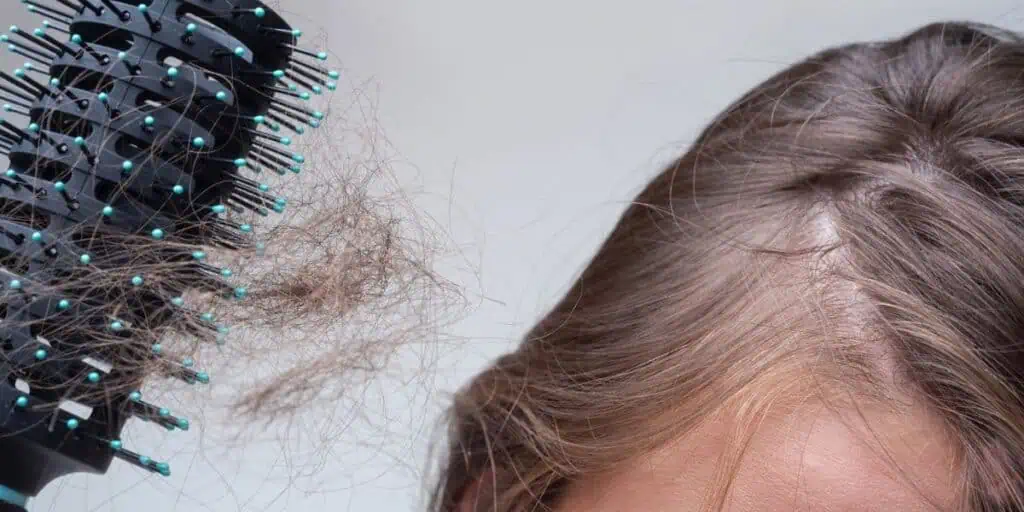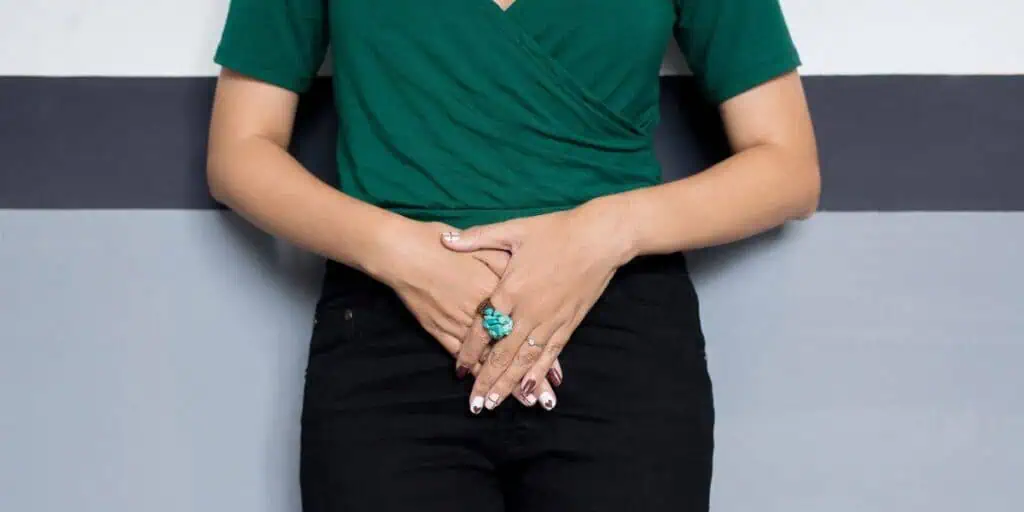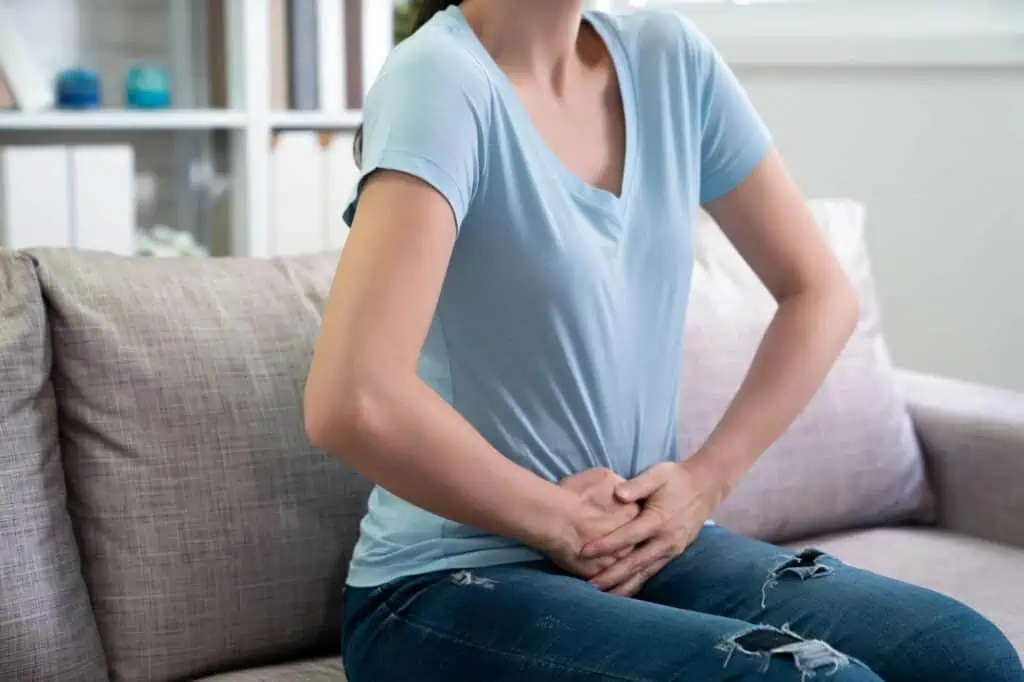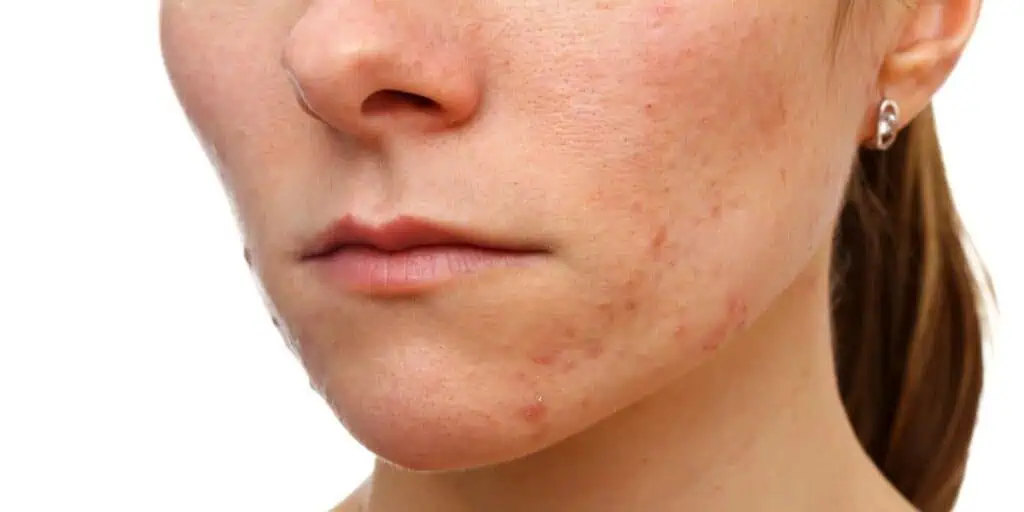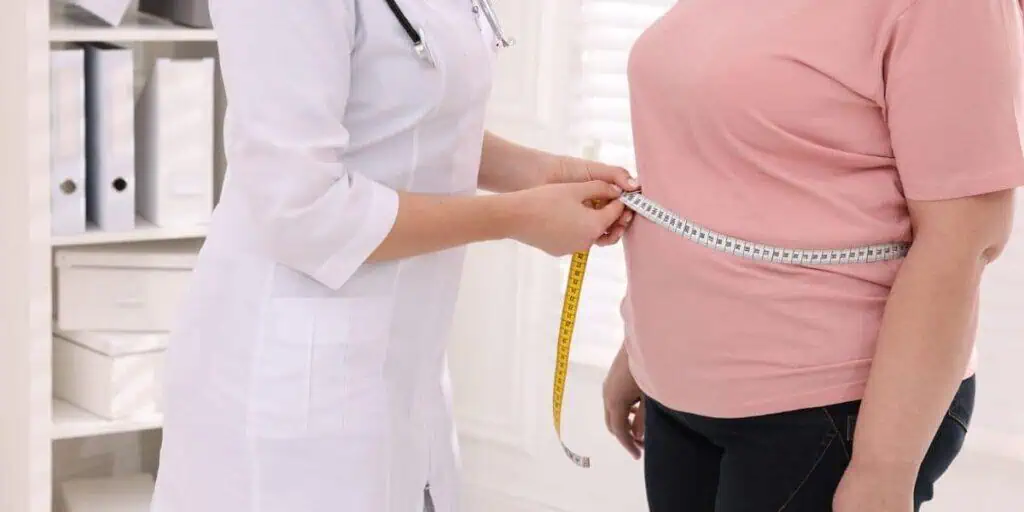Breasts are complex organs of fat, fibrous tissue, and tiny milk-producing glands. Like your reproductive organs, your breasts change in response to estrogen and progesterone levels. This is why you may notice your breasts change in size and sensitivity during different times of your menstrual cycle, pregnancy, and menopause.
However, there are other reasons your breasts may change throughout your life. Most people are aware that breast cancer can cause physical changes in the breast, but there is a wide range of infections and disorders that can cause breast changes.
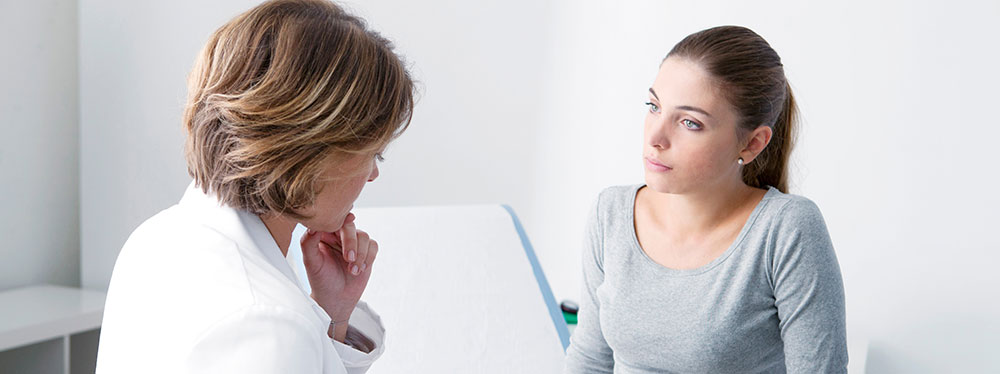
What are breast infections and disorders?
The breasts and nearby structures, like the lymph nodes found in the armpit area, can be susceptible to various health conditions, including infections and disorders. It can be worrisome to discover breast lumps or bumps while you are conducting regular breast self-exams at home. Similarly, you might fear the worst if your doctor finds an irregularity during a physical examination or screening. However, not all breast problems are an indication of breast cancer. There are plenty of benign breast conditions that can cause changes as well.
That’s why it’s important not only to monitor your breasts but to mention any changes to our OB/GYN.
Some benign breast disorders include:
Fibrocystic breast changes
What doctors used to call “fibrocystic breast disease” is now better known as fibrocystic breast changes. Fibrocystic changes are less of a disease and more of a breast condition in which the breasts develop lumpy, glandular tissue. Fibrocystic breasts can be swollen and tender and feel lumpier than other women’s breasts. It’s thought that hormonal changes may cause fibrocystic breast changes, and about 50% of women between the ages of 20 and 50 will have them.
While this condition isn’t harmful to your health, it can lead to breast swelling and pain, especially in the upper and outer regions, before the start of your period. You can ease the discomfort with ice, a heating pad, and an over-the-counter NSAID (a non-steroidal anti-inflammatory drug), such as ibuprofen. You may want to make sure that the bras you are wearing fit you well to provide support to your breasts when you’re experiencing breast pain and swelling.
Fibroadenomas
Fibroadenomas are tumors composed of a mix of glandular and fibrous tissue. They’re firm, smooth masses that might feel similar to a marble, pea, or flattened coin. While they may feel similar to breast cancer, fibroadenomas are generally not cancerous. You can have a single fibroadenoma or more than one. Additionally, either one or both breasts may be affected.
They’re most common in teenagers and women under 30, although anyone who experiences a menstrual period can develop a fibroadenoma at any age. While they’re typically not painful or harmful, some women may be recommended to have them surgically removed or biopsied.
Breast cysts
Breast cysts are fluid-filled sacs common in women aged 25-55 that often disappear after menopause. Like an overripe grape, large or small cysts can feel hard or squishy. Although cysts are not cancerous, they can sometimes be painful, especially if they become infected and a collection of pus builds inside the cyst — an abscess.
Painful cysts can be treated by draining the breast abscess through a fine needle aspiration or by surgical removal. After removal, our healthcare provider might recommend that you take birth control pills to reduce the chance of cysts reappearing.
Mastitis (breast infection)
Mastitis is an infection of the breast tissue that most commonly occurs in breastfeeding women. It often begins with a clogged milk duct that prevents adequate milk flow out of the breast, leading to engorgement. Alternatively, bacteria from the baby’s mouth may enter through cracks in the skin, potentially leading to infection. As mastitis progresses, the immune system sends white blood cells to the area, causing enlargement and inflammation.
Cases of non-lactational mastitis can occur due to areola damage, such as from a nipple piercing or plucking hairs around the nipple.
Because it’s caused by an infection, mastitis may also include flu-like symptoms, inflammation of the breast tissue, pain, and a wedge-shaped patch of redness in the affected breast.
Nipple discharge
It is quite normal for fluid discharge or milk to leak from your nipples when you’re pregnant or breastfeeding. Nipple discharge will decrease and eventually stop after you have weaned your baby.
Unexpected nipple discharge outside pregnancy or nursing may be milky, clear, yellow, green, brown, or bloody, thick and sticky, or thin and watery, depending on the cause.
Nipple discharge can have several benign causes, including intraductal papilloma, mammary duct ectasia, abscesses, breast infection, excessive breast stimulation, fibrocystic breasts, galactorrhea, hormonal imbalance, injury or trauma to the breast, some medications, or prolactinoma. However, nipple discharge can also indicate breast cancer.
What should I do if I find a lump in my breast?
Finding a lump can be frightening, but it is not an uncommon experience. If you find a suspicious breast mass, please make an appointment with us. We can do a physical exam and order a mammogram if needed. A mammogram is a digital imaging test that helps us diagnose breast disorders.
We recommend that all women ages 40-75 have annual screening mammography to check for abnormal growths. If you have a family history of breast cancer, a high risk of breast cancer, dense breast tissue, or an irregular mammogram, we may recommend additional imaging. This may include a more detailed mammogram, ultrasound, MRI, or breast biopsy. A biopsy involves removing a small sample of the lump for testing. It can be conducted with a narrow, hollow needle or surgical lumpectomy.
Once we get your results back, we can make a diagnosis and talk about your treatment options. It’s important to recognize that not all breast cancers cause a lump in the breast. For example, inflammatory breast cancer (carcinoma) — a rare and invasive form of breast cancer — can cause changes to the skin, including dimpling, giving the skin the appearance of an orange peel. Therefore, any changes or abnormalities in the appearance, texture, or feel of your breasts should be discussed with your healthcare provider.
How are breast infections and diseases treated?
The exact treatment will depend on the cause of your breast condition. Pain and tenderness from breast conditions can be managed with over-the-counter pain relievers such as acetaminophen and ibuprofen.
Breastfeeding-related mastitis requires antibiotics to treat the infection. A clogged milk duct can sometimes be treated with warm compresses and gentle massage of the lymph nodes near the armpits and collarbone.
Have questions about your health? Talk to Dr. Aliabadi
Dr. Aliabadi and her compassionate team are experts in women’s health care. When treated by Dr. Aliabadi, you’re guaranteed to feel safe, heard, and well cared for.
We invite you to establish care with Dr. Aliabadi. Please make an appointment online or call us at (844) 863-6700.
The practice of Dr. Thais Aliabadi and the Outpatient Hysterectomy Center is conveniently located for patients throughout Southern California and the Los Angeles area. We are near Beverly Hills, West Hollywood, Santa Monica, West Los Angeles, Culver City, Hollywood, Venice, Marina del Rey, Malibu, Manhattan Beach, and Downtown Los Angeles.
Sources
Ultrasound as a treatment of mammary blocked duct among 25 postpartum lactating women: a retrospective case series. Journal of Chiropractic Medicine
https://www.ncbi.nlm.nih.gov/pmc/articles/PMC3437340/
Risk Factors for Staphylococcus aureus Postpartum Breast Abscess
https://academic.oup.com/cid/article-abstract/54/1/71/367533?redirectedFrom=fulltext
Surgical management of recurrent subareolar breast abscesses: Mayo Clinic experience, Li S, Grant CS, Degnim A, Donohue J.
https://pubmed.ncbi.nlm.nih.gov/16978967
